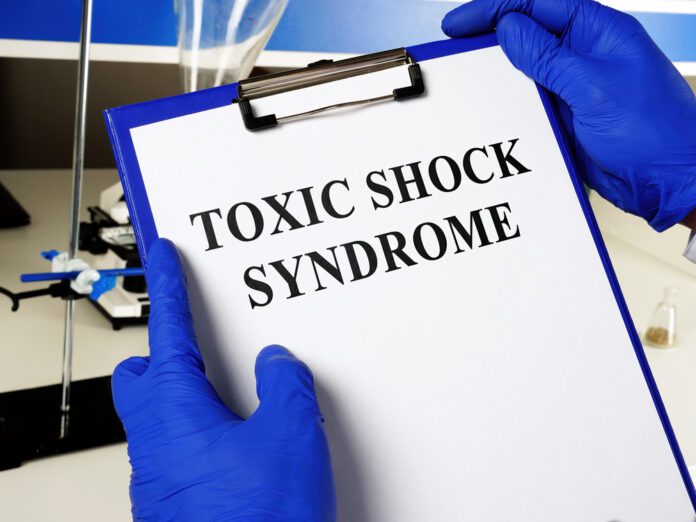Overview Of Toxic Shock Syndrome
Toxic Shock Syndrome (TSS) is a serious disease that involves fever, shock, and problems with several body organs.
Commonly Associated With
Staphylococcal TSS; Toxic shock-like syndrome; TSLS
Causes Of Toxic Shock Syndrome
This syndrome is caused by a toxin produced by some types of staphylococcus bacteria. A similar problem, called toxic shock-like syndrome (TSLS), can be caused by toxin from streptococcal bacteria. Not all staph or strep infections cause this syndrome.
The earliest cases of this syndrome involved women who used tampons during their menstrual periods. However, today less than one-half of cases are linked to tampon use. TSS can also occur with skin infections, burns, and after surgery. The condition can also affect children, postmenopausal women, and men.
Risk factors include:
- Recent childbirth
- Infection with Staphylococcus aureus (S aureus), commonly called a staph infection
- Foreign bodies or packings (such as those used to stop nosebleeds) inside the body
- Menstrual period
- Recent surgery
- Tampon use (with higher risk if you leave one in for a long time)
- Wound infection after surgery
Symptoms Of Toxic Shock Syndrome
Symptoms include:
- Confusion
- Diarrhea
- General ill feeling
- Headaches
- High fever, sometimes accompanied by chills
- Low blood pressure
- Muscle aches
- Nausea and vomiting
- Organ failure (most often kidneys and liver)
- Redness of eyes, mouth, throat
- Seizures
- Widespread red rash that looks like a sunburn — skin peeling occurs 1 or 2 weeks after the rash, particularly on the palms of the hand or bottom of the feet
Exams & Tests
No single test can diagnose TSS.
The health care provider will look for the following factors:
- Fever
- Low blood pressure
- Rash that peels after 1 to 2 weeks
- Problems with the function of at least 3 organs
- In some cases, blood cultures may be positive for the growth of S aureus or Streptoccus pyogenes.
Treatment Of Toxic Shock Syndrome
Treatment includes:
- Removals of materials, such as tampons, vaginal sponges, or nasal packing
- Drainage of infection sites (such as a surgical wound)
The goal of treatment is to maintain important body functions. This may include:
- Antibiotics for any infection (may be given through an IV)
- Dialysis (if severe kidney problems are present)
- Fluids through a vein (IV)
- Medicines to control blood pressure
- Intravenous gamma globulin in severe cases
- Staying in the hospital intensive care unit (ICU) for monitoring



